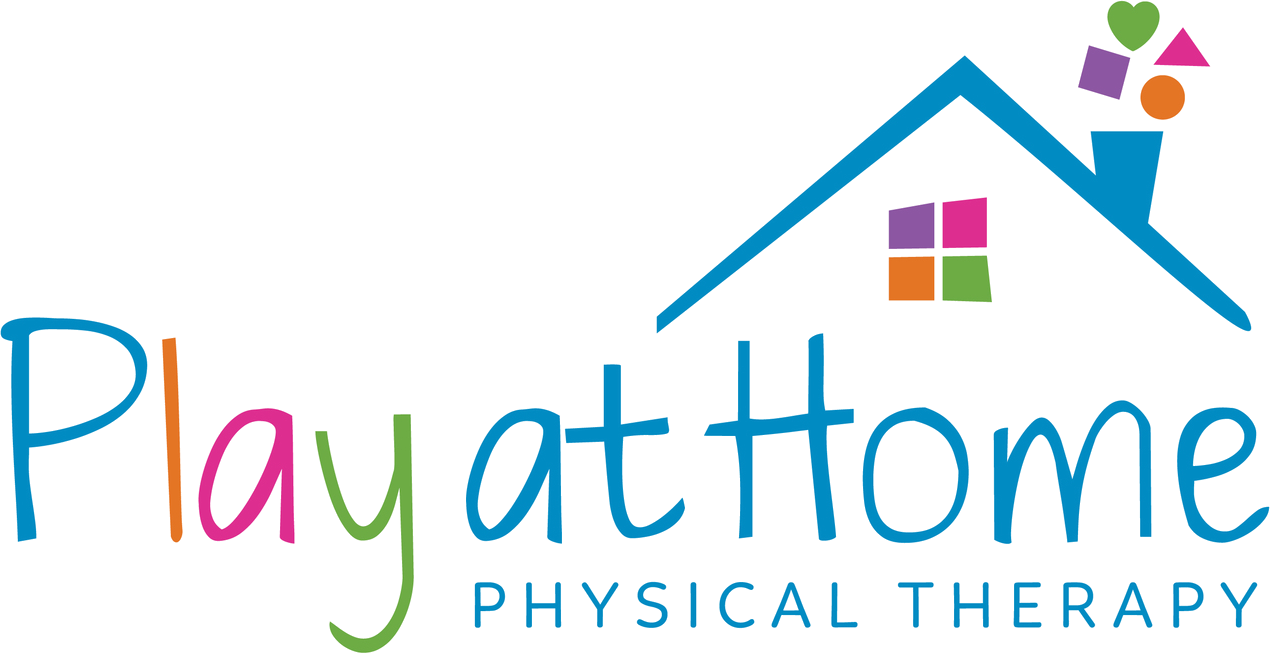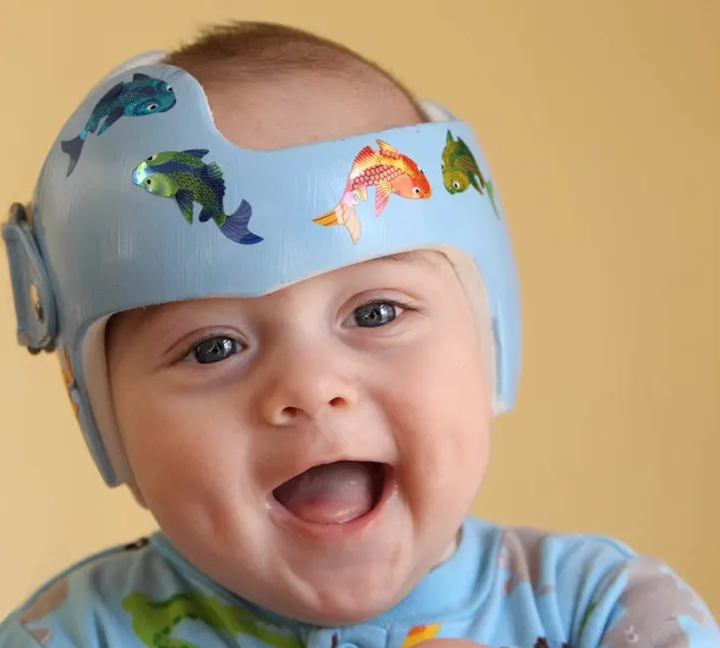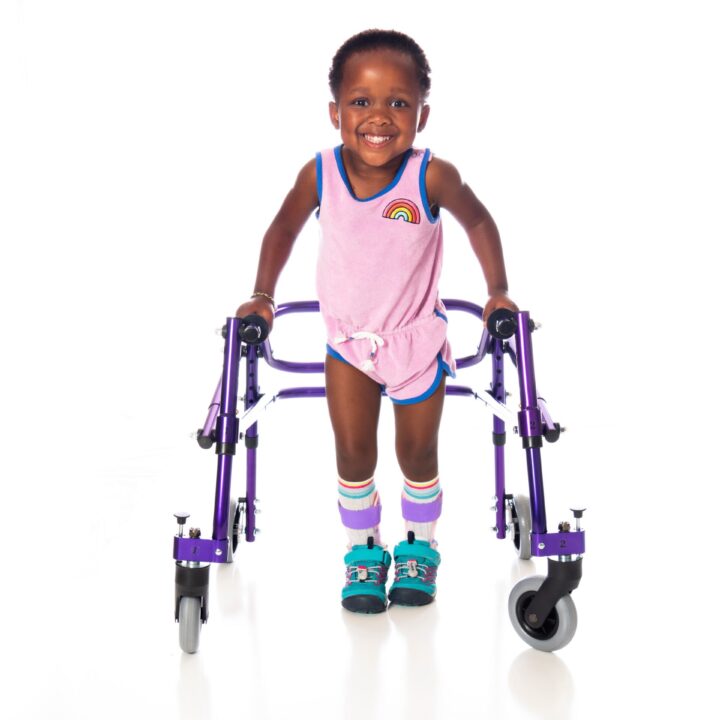
Torticollis – Treat it Early!
July 18, 2020Do not feel guilty!
It seems that there is a container for everything these days for newborns. As a Mom of two little girls who are 18 months apart, I can honestly say that containers were definitely part of our lives. The goal of this blog post is to never to guilt anyone for using containers, but rather to provide knowledge on how to use these containers appropriately! Containers are any device that “contains” your baby. Examples include: swings, bouncers, rockers, car seats, strollers, nursing pillows, bumbo seats, exersaucers, and jumpers. While containers are designed to be places to place your baby to keep them safe, calm, and entertained, too much time spent in containers can lead to Container Baby Syndrome.
What is Container Baby Syndrome?
Container Baby Syndrome is a collection of movement, behavior, and other problems caused by a baby spending too much time in a container. While marketed as devices to improve and support your baby’s development, containers actually do the opposite because they restrict free movement of your baby’s neck, trunk, arms, and legs. Containers also place babies on their backs for extended amounts of time. This can lead to flattening of the head (plagiocephaly or brachycephaly), a tilting of the head and difficulty turning the head to one side (torticollis), vision or hearing problems, and decreased strength and coordination. All of these things can lead to a delay in your baby’s development!
How do I prevent CBS?
So what can you do to prevent Container Baby Syndrome? The best way is to limit the time your baby spends in containers throughout the day. My gold standard recommendation is to allow 30 minutes maximum per day. However, if a family finds that to be too challenging, I recommend 15 minutes or less in a container at a time and to avoid going from one container straight to another, as most of them hold your baby in the same position and limit free movement. Next, give your baby plenty of floor time! Floor time includes playing on the back, tummy, side, or sitting with adult supervision. Additional tummy time when your baby is awake and ready to play is another great way to prevent Container Baby Syndrome. And finally, hold your baby in your arms or wear them in an infant carrier for short periods of time throughout the day
If you see that your baby is showing signs of Container Baby Syndrome, please reach out to a pediatric physical therapist to get started on making a supportive treatment plan. Remember, the goal is not to NEVER use containers, but to use them appropriately and thoughtfully in moderation to help you through the day!
If you see that your baby is showing signs of Container Baby Syndrome, please reach out to a pediatric physical therapist to get started on making a supportive treatment plan. Remember, the goal is not to NEVER use containers, but to use them appropriately and thoughtfully in moderation to help you through the day!




